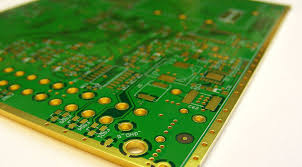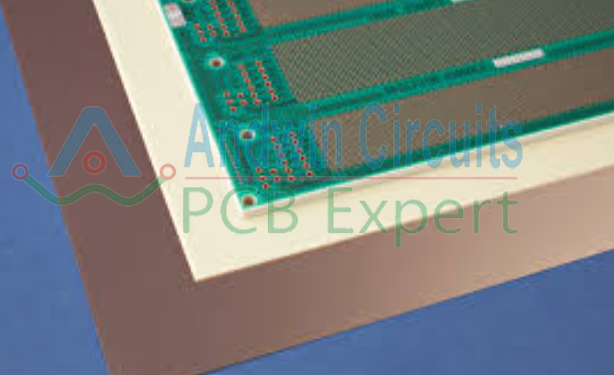Flex pcb copper thickness
The most common copper thicknesses for flex PCBs are 0.5 oz (17.5 μm), 1 oz (35 μm), and 2 oz (70 μm).
However, other thicknesses are also available depending on the manufacturer’s capability and the customer’s needs.
The copper thickness of a flex PCB affects its electrical performance, thermal dissipation, and mechanical flexibility.
Thicker copper layers can handle higher currents and dissipate more heat,
while thinner copper layers provide better flexibility and reduce the overall weight of the flex PCB.
the role of flex pcb copper thickness
The copper thickness in a flex PCB plays a crucial role in determining the electrical performance,
thermal dissipation, and mechanical flexibility of the board.
Here are some of the key roles of copper thickness in a flex PCB:
- Electrical performance: The copper layer in a flex PCB acts as a conductor, carrying electrical signals between components.
The thickness of the copper layer affects the resistance and impedance of the circuit, which in turn affects the signal quality and transmission speed.
Thicker copper layers can handle higher current loads and reduce the resistance of the circuit, while thinner copper layers are suitable for low-power applications.
GET IN TOUCH!

- Thermal dissipation: The copper layer in a flex PCB also helps in dissipating heat generated by the components.
Thicker copper layers can dissipate more heat, which is important in high-power applications that generate a lot of heat.
Thinner copper layers, on the other hand, are suitable for low-power applications that don’t generate a lot of heat. - Mechanical flexibility: Flex PCBs are designed to bend and flex without breaking.
The copper layer in a flex PCB must be thin enough to allow the board to bend and flex without cracking or breaking.
Thinner copper layers provide better flexibility and reduce the overall weight of the board,
making them ideal for applications that require a high degree of flexibility.
In summary, the copper thickness in a flex PCB is critical to its performance and functionality.
The right copper thickness must be selected based on the specific application and requirements to ensure optimal performance.
GET IN TOUCH!







